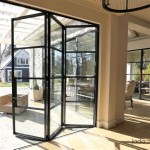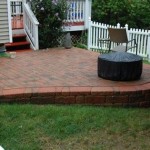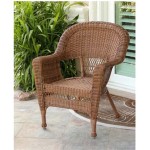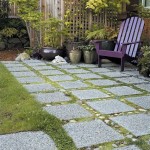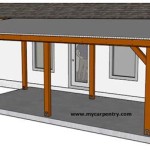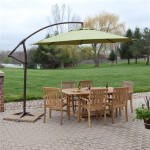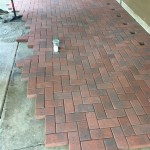The Perfect 5-Foot Patio Umbrella Base Standards
Selecting the right base for a 5-foot patio umbrella is crucial for stability and safety. An inadequately weighted base can lead to the umbrella tipping over, potentially causing damage or injury. This article explores the key standards to consider when choosing a base for a 5-foot patio umbrella.
Weight and Stability
The primary function of a patio umbrella base is to provide stability. The weight requirement depends on the umbrella's size and the typical wind conditions in the area. For a 5-foot umbrella, a base weighing between 25 and 35 pounds is generally recommended for moderate wind conditions. However, in areas prone to stronger winds, a heavier base, upwards of 50 pounds, might be necessary.
Base Material
Patio umbrella bases are constructed from various materials, each offering different benefits and drawbacks. Understanding these differences is essential for making an informed decision. *
Concrete:
Offers excellent stability due to its high density. Can be susceptible to cracking in extreme temperatures. *Resin:
A lightweight and cost-effective option, often filled with sand or water for added weight. Less durable than concrete or metal. *Steel:
Highly durable and resistant to weathering. Can be heavier and more expensive than other options. *Granite:
A natural stone option offering a premium aesthetic and excellent weight. Can be expensive and susceptible to chipping.Pole Diameter Compatibility
Ensure the base is compatible with the umbrella pole's diameter. Most 5-foot patio umbrellas have a pole diameter between 1.5 and 2 inches. Check both the umbrella pole diameter and the base's clamping mechanism to confirm compatibility.
Base Style and Design
Patio umbrella bases come in various styles and designs to suit different aesthetic preferences and functionalities. *
Market Umbrella Base:
The most common type, featuring a central pole holder and a weighted base. *Cantilever Umbrella Base:
Designed specifically for cantilever umbrellas, offering a wider and heavier base for offset support. *Rolling Base:
Convenient for repositioning the umbrella, featuring wheels for easy mobility. *Tabletop Base:
Designed to secure the umbrella to a table, utilizing the table's weight for stability.Adjustability and Securing Mechanisms
The base should have a secure mechanism to hold the umbrella pole firmly in place. This typically involves adjustable screws or a tightening knob. Ensure the mechanism is easy to use and provides a snug fit to prevent the umbrella from wobbling. Some bases offer additional features like tilt adjustments for added convenience.
Weather Resistance
Patio umbrella bases are exposed to the elements, so weather resistance is a key consideration. Choose a base made from materials that can withstand sun, rain, and wind. Consider options with a protective coating or finish to prevent rust, fading, or other damage. Concrete bases can be sealed to prevent water absorption and cracking.
Storage and Portability
Consider the base's storage requirements and portability, especially if seasonal storage is necessary. Some bases can be disassembled for easier storage, while others are designed for year-round outdoor use. Rolling bases offer increased portability for repositioning the umbrella within the patio area.
Cost and Value
Patio umbrella bases are available at various price points. Consider the base's material, features, and durability when evaluating its value. While a higher price tag may indicate better quality, carefully compare features and reviews to ensure you are getting the best value for your investment.
Space Considerations
The size and shape of the base should be appropriate for the available patio space. Consider the base's footprint and ensure it doesn't obstruct walkways or create tripping hazards. For smaller patios, a compact base might be preferred, while larger spaces can accommodate larger, more substantial bases.
Maintenance Requirements
Different base materials require varying levels of maintenance. Concrete bases may require occasional sealing to prevent cracking. Metal bases should be inspected for rust and treated accordingly. Resin bases are generally low maintenance but may require cleaning to prevent mold or mildew growth.

The Ultimate Umbrella Size Guide You Are Looking For

The 3 Best Patio Umbrellas And Stands Of 2024 Reviews By Wirecutter

The Ultimate Patio Umbrella Buyers Guide

The 3 Best Patio Umbrellas And Stands Of 2024 Reviews By Wirecutter

The 3 Best Patio Umbrellas And Stands Of 2024 Reviews By Wirecutter

Patio Umbrella Size Guide Midtown Umbrellas
The 11 Best Patio Umbrellas And Stands Of 2024

The 3 Best Patio Umbrellas And Stands Of 2024 Reviews By Wirecutter
The 11 Best Patio Umbrellas And Stands Of 2024

Patio Umbrella Size Guide Midtown Umbrellas
Related Posts


